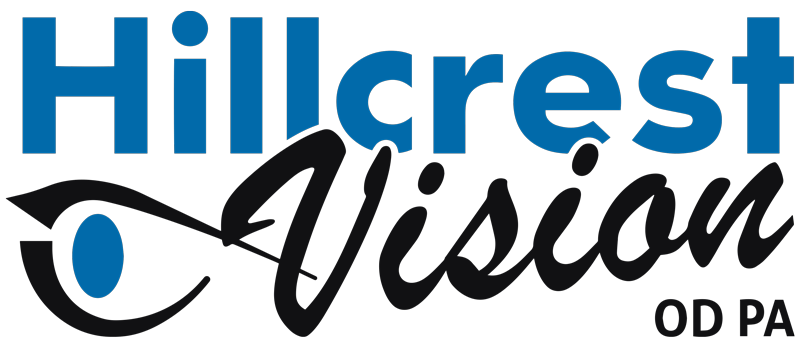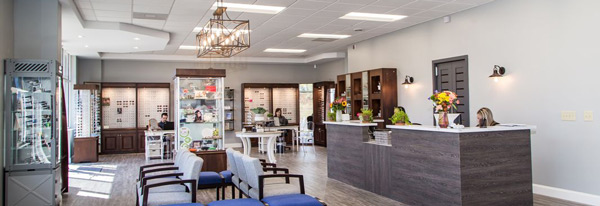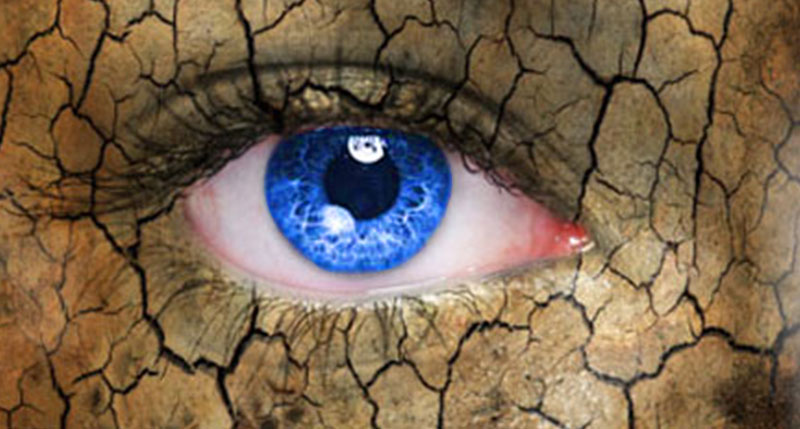How Can It Manage Your Dry Eye?
Dry eye disease is a widespread and common issue for up to 49 million Americans. This chronic condition can have a significant impact on your quality of life, causing a foreign body sensation in your eyes, pain, blurry vision, and dry or watery eyes. Untreated, it can even lead to further eye health complications.
Despite these constant detrimental effects on quality of life, many dry eye sufferers are not aware that they’re suffering from dry eye disease or that real treatments exist. Instead, they just live with the discomfort.
At Hillcrest Vision, our number one priority when it comes to treating dry eyes is to help you reclaim comfortable and healthy vision. Through our use of modern dry eye solutions like the OptiLight program and cutting-edge diagnostic technology, our team of professionals is equipped with the necessary tools to accurately diagnose and treat your dry eyes. Our suite of diagnostic techniques and tools includes meibography, non-invasive tear breakup time, bulbar and limbal redness evaluation, tear meniscus height, Sodium Fluorescein staining, Lissamine Green staining, and dynamic gland expression.
We’re proud to offer OptiLight by Lumenis to our patients, specially designed for dry eye management.
What Is OptiLight by Lumenis?
OptiLight by Lumenis is a light-based, non-invasive treatment done in the area below the eyes to manage dry eye. The first and only IPL FDA-approved for dry eye management.
The treatment is safe, gentle, and is backed by more than 20 clinical studies.
How Does It Work?
OptiLight uses precise pulses of light to reduce the inflammation that is typically associated with dry eye disease, improve tear break-up time, and increase meibomian gland functionality.
This application can significantly relieve dry eye indicators and has a multi-factorial effect, including:
- Increasing tear break-up time
- Reducing the amount of demodex mites and bacteria living around your eyes
- Eliminating blood vessels that contribute to inflammation
- Improving meibomian gland functionality
What to Expect
Before Your Treatment
You should avoid intaking aspirin or ibuprofen for approximately one week before your scheduled session and inform your doctor if you’re taking any other medications. It is also recommended that you do not take isotretinoin (Accutane) for 1 month before treatment.
If you take prescribed medication for cold sores (such as Valtrex, Famvir, or Zovirax), you should take your medication on the day before, day of, and day after your treatment and inform our doctors prior to your arrival at your appointment.
It is also important to avoid too much sun exposure — do not expose your skin to UV light and artificial tanning products before and between your sessions. It is recommended that you avoid tanning for 3 weeks prior to your appointment date.
Before arriving at our office, make sure your skin is clean and dry. Remove all makeup and other skin products — do not use any exfoliating or peeling products for a week before your appointment. You should also avoid swimming in strongly chlorinated water before your treatment.
During Your Treatment
This treatment is fast and simple. During the treatment, your doctor will apply a coupling gel on the treatment area and cover your eyes with shields.
As light is applied to the skin, you may experience a warm sensation. The treatment is gentle with minimum discomfort. The treatment itself will only take 10–15 minutes.
OptiLight is followed by meibomian gland expression as needed, based on the patient’s case.
After Your Treatment
Once your session concludes, avoid too much sun exposure to reduce the chances of dark and light spots forming on the treated area. You should apply sunscreen with SPF 30 or higher on the treated area if you plan on being outside, and remember to not expose the treated area to UV light.
You should also avoid hot baths, showers, or sauna for a week — humid conditions can aggravate the treated area. If you intend to wear makeup after the treatment, make sure you use moisturizer beforehand.
Immediately after your treatment concludes, you may notice some mild redness — this will resolve in a few hours.
Part of Your Custom Treatment Plan
A course of treatment typically includes 4 sessions spaced 2–4 weeks apart depending on the recommendation of your doctor. Once you have attended all of your treatment sessions, it is recommended that you visit us for regularly scheduled maintenance treatments every 6–12 months.
Individual OptiLight treatment sessions typically only take 45 minutes to an hour to perform. The treatment process does not require any recovery time and will allow you to return to your daily activities quickly without any lasting feelings of discomfort.
Will the OptiLight by Lumenis Work for Me?
While OptiLight by Lumenis is an effective dry eye management solution, we want to make sure it’s right for you. We do not recommend this treatment if you:
- Suffer from aqueous deficiency dry eye (rather than evaporative dry eye or meibomian gland dysfunction)
- Have a history of keloid scarring
- Have severe scarring around your eyes
Ultimately, your doctor is the only person who can determine whether this option is right for you. During your next appointment, ask us if you are a good candidate for OptiLight by Lumenis.
You Don’t Have to Live With Dry Eye Anymore
Dry, irritated eyes can be managed with a new treatment that brings comfort and can restore quality of life. Visit your eye doctor to get an accurate diagnosis and a treatment plan tailored to your needs.


